12 Tibetan Deities...
12 Tibetan Deities
- by Catherine
- Last Updated: 2023-03-08
Tibetan Buddhism began in the Songtsen Gampo era in the 7th century. With the arrival of Princess Bhrikuti of Nepal and Princess Wencheng of the Tang Dynasty, Buddhist gods, an important symbol of Buddhism, were introduced to Tibet. From a certain perspective, the 8-year-old Shakyamuni Buddha statue brought by Princess Bhrikuti and the 12-year-old Shakyamuni statue brought by Princess Wencheng almost became the beginning of the history of Tibetan Buddhism. After more than 1,300 years of historical evolution and development, an intense ethnic style and local characteristic have been formed.
To this day, Buddhist deities still provide an important method and content for Buddhist monks' studying and practicing in Tibetan monasteries. The Tibetan deities in the list can be found in almost all Tibetan monasteries and temples, as well as their significance, identifications, and images.
Buddhas
Buddha figures are the most enshrined category in Tibetan areas, including Shakyamuni Buddha, Jampa Buddha, Immortal Buddha, Medicine Buddha, etc. Some statues are renowned like the 12-year-old Shakyamuni statue enshrined in the Jokhang Temple, the 8-year-old Shakyamuni statue enshrined in the Ramoche Temple, the Qamba Buddha statue in the Tashilhunpo Monastery, the Qamba Buddha statue in the Drepung Monastery, and the Shakyamuni statue in the Sakya Monastery.
1. Shakyamuni
Who is it?
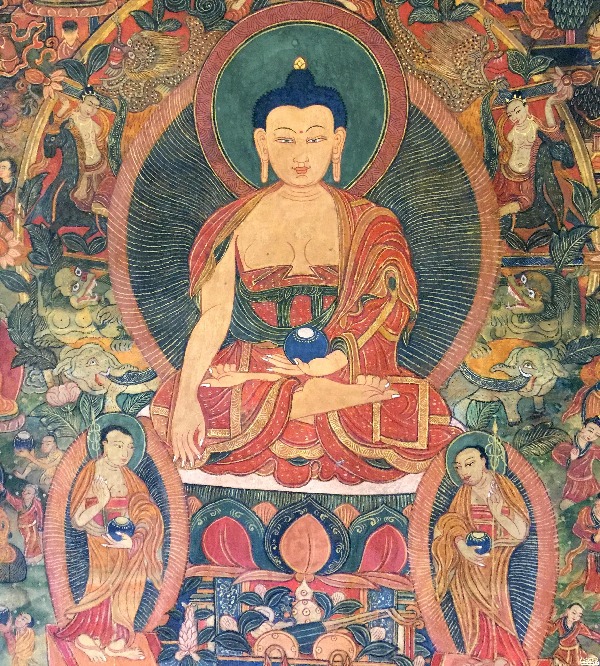
Shakyamuni, formerly known as Gautama Siddhartha, is the founder of Buddhism. Shakyamuni was born in Kapilavastu, the north of ancient India around 500BC, and he was the son of King Śuddhodana. After enlightenment, he was respected by the world as "Sakyamuni", meaning "the sage of the Sakyamuni".
How can I tell?
Buddha Shakyamuni sits on the vajra seat with his left hand on his feet or holding a bowl, which means meditation. His right hand points vertically to the ground, which means that Buddha Sakyamuni sacrificed everything to attain liberation for all living beings.
Bodhisattvas
Bodhisattva figures also account for a large proportion of Tibetan Buddhism. In Tibetan Buddhism, Guanyin is the most respected person in the Bodhisattva beliefs, followed by Manjusri, Samantabhadra, Ksitigarbha Bodhisattva, etc. Avalokitesvara with a thousand hands and a thousand eyes is a common kind of Guanyin.
2. Guanyin
Who is it?
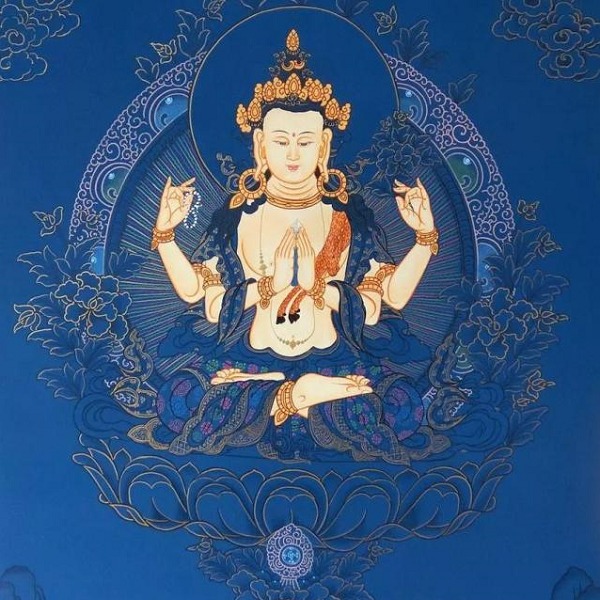
Guanyin is the incarnation of wisdom and compassion in Buddhism. When all beings encounter any difficulties and pains and can recite the name of Guanyin sincerely, they will be rescued by Guanyin. The famous Potala Palace in Lhasa is considered to be the dojo of Guanyin Bodhisattva. Potala is the transliteration of Sanskrit, translated as "Po Lo", referring to the island where Guanyin lives. The "six-character mantra" (Om Mani Pad Mi Hum), which is well known to all Tibetans, is the mantra of Guanyin Bodhisattva. In Tibet, Songtsen Gampo is regarded as the incarnation of Guanyin Bodhisattva.
How can I tell?
Holding a jade vase and wearing a crown, she rides on a Golden Roar. Because she is dedicated to assisting Amitabha, and saving the world by seeking the sound of suffering, she has a Buddha statue of Amitabha on her crown.
3. Manjusri
Who is it?
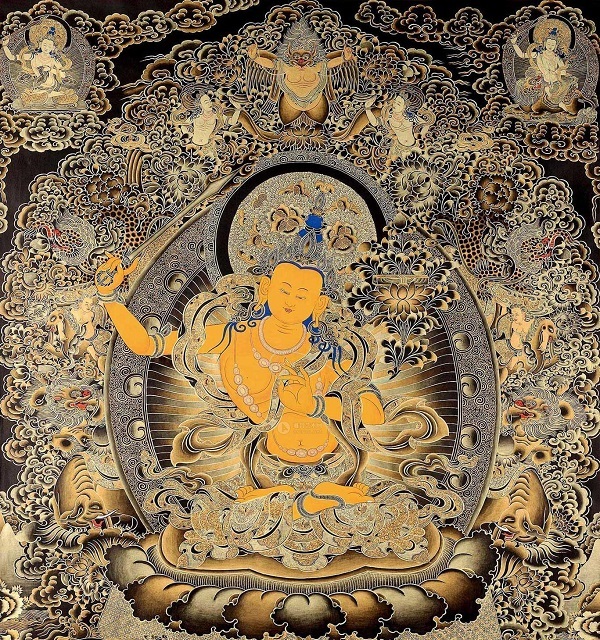
Manjusri Bodhisattva is responsible for wisdom in Buddhism, and his dojo is in Mount Wutai, Shanxi, China. In Buddhist temples, he usually stands on the left side of Sakyamuni Buddha, serving as the left guard.
How can I tell?
Manjusri’s images are mostly "non-male and non-female", but they are actually more like a female. Manjusri’s mount is a green lion, representing wisdom and mighty power. She is holding a sword, which represents wisdom. The image of Manjusri of Tantric Buddhism, topped with five buns, indicates that the five kinds of Buddha wisdom are sufficient.
Taras
In Tibetan Buddhism, Tara is called "Dolma". According to legend, she is the incarnation of Guanyin Bodhisattva who manifested herself to save the sufferings. According to the sutra, Tara is transformed from the eyes of Guanyin Bodhisattva. There are 21 forms in total. They have different body colors. Tibetan Buddhism calls them 21 Tara. The most common and popular Tara statues in Tibetan monasteries are White Tara and Green Tara. According to Tibetan Buddhism, White Tara is the incarnation of Nepalese Princess Bhrikuti, while Green Tara is said to be the incarnation of Princess Wencheng. Most Buddhist temples in Tibet enshrine these two statues of Tara.
4. White Tara
Who is it?
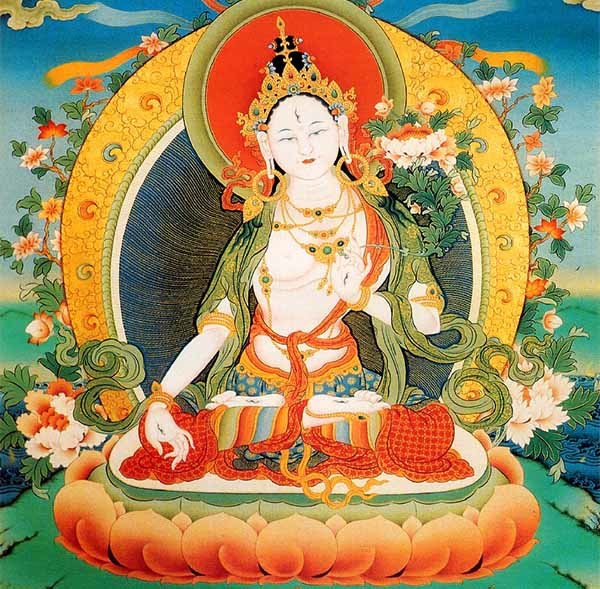
In Tibetan Buddhism, White Tara is one of the three deities of longevity. If we want to live longer for ourselves or others, praying for White Tara is very important.
How can I tell?
White Tara has a pure white body as well a dignified and peaceful face. She has one eye on her hands and feet, and three eyes on her face, so she is also called the seven-eyed goddess.
5. Green Tara
Who is it?
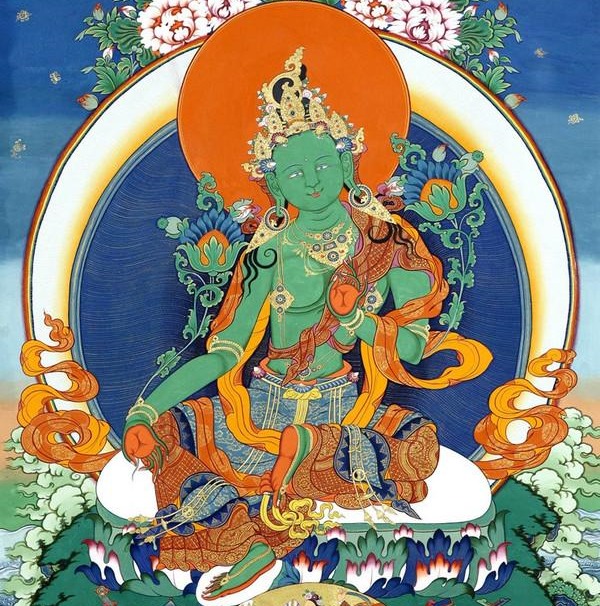
She can save eight kinds of suffering. At the same time, she can turn the "suspicion", one of the Five Poisons in human behavior into complete wisdom, which has the merits of protecting women and children.
How can I tell?
The statue of Green Tara is in Bodhisattva costume. The whole body is emerald green, and her head is wearing a small five Buddha crown. Her left hand is placed on the chest, holding Utpala flower (blue lotus), and the right leg is stretched out.
Seven more directly BELOW the FOLD...
SOURCE: Great Tibet Tour



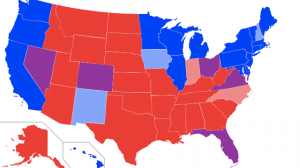

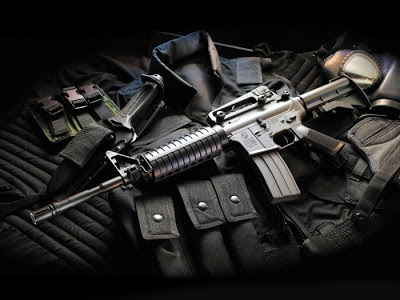
Comments